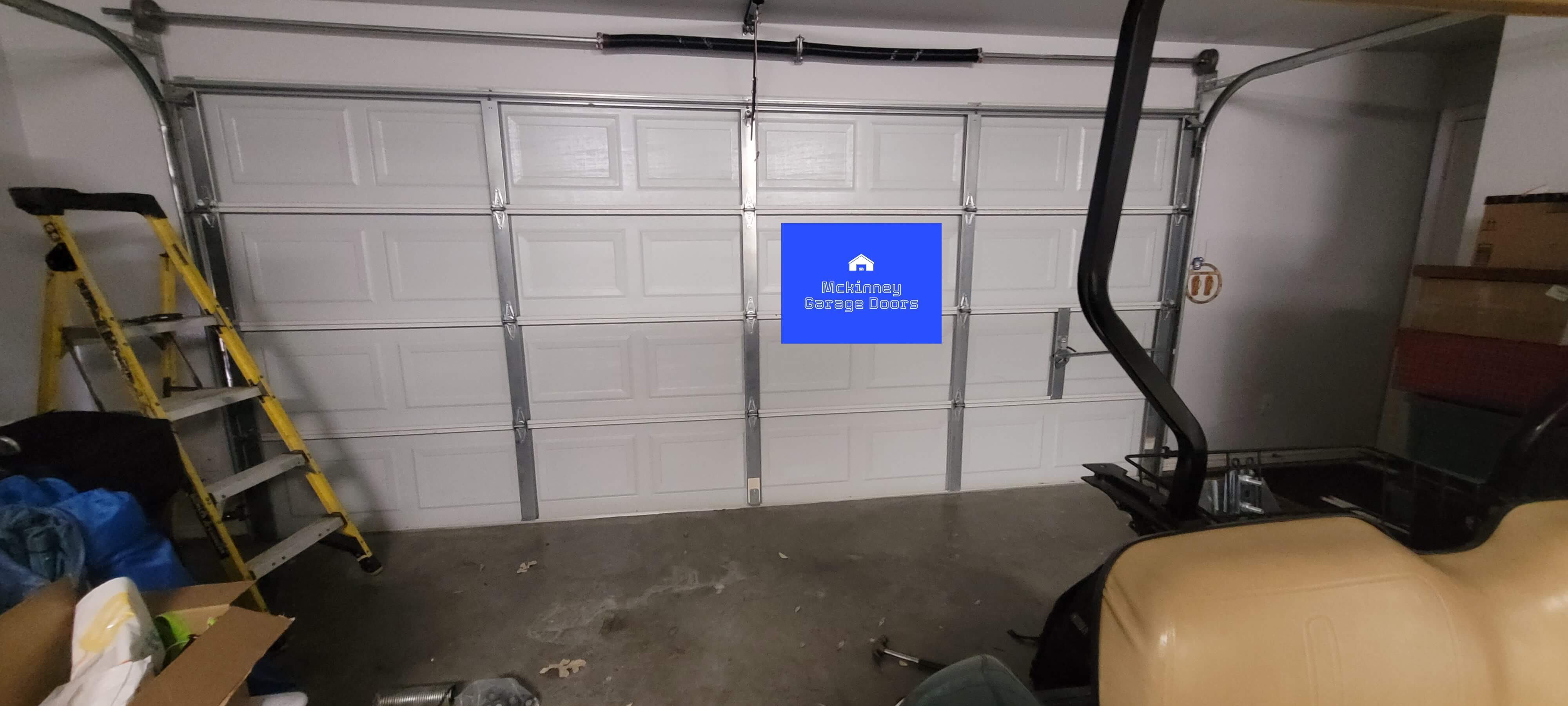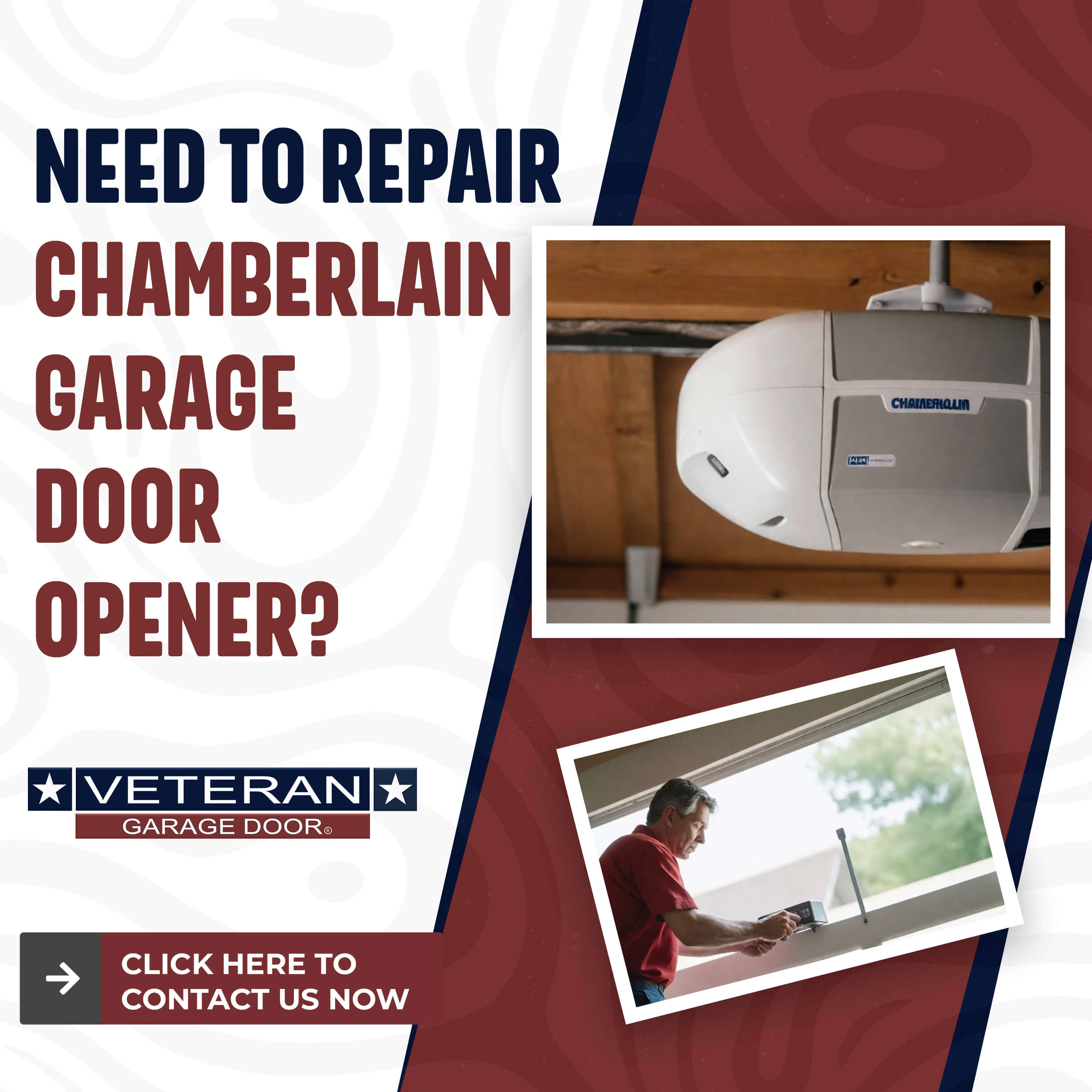Door Maintenance
Garage Door Maintenance
Garage doors are quite susceptible to the climate and environmental factors that are characteristic of McKinney, TX. Read through this list of the local conditions that may affect garage doors along with the tips to be in the best operational condition:
-
1
Summer = Heat and Sun Exposure
Material Stretching: The extreme temperatures of the summer lead metals to such a degree of thermal expansion that parts like springs and tracks can misaligned which is why they need to be replaced.
Degraded Lubricants: The presence of heat triggers the process of lube breakdown which ultimately results in the increase of friction and wear on moving parts.
Fading and Warping: Intense sunlight can cause wooden doors to beat warping and fading, while paint on iron doors imaginary curl off paint over time.
Maintenance Tips:
-
Use heat-proof lubricants on movable parts.
-
Choose UV-Proof paint or protective layers on the garage door to keep it from fading and warping.
-
-
2
High Humidity and Rain
Rust and Corrosion: The combination of high humidity and rain is a rusting time bomb for springs, hinges, and tracks, which in turn makes parts weak and useless.
Water Intrusion: Bad weatherstripping allows rainwater to come into the garage and wet the door and opener the most.
Wooden Door Swelling: They have absorbed pretty much moisture from rain which means it can swell and not be operated smoothly.
Maintenance Tips:
-
Inspect and replace the weatherstrip regularly to prevent water from coming in.
-
Use rust-resistant coatings or sprays on metal parts to minimize corrosion.
-
Seal wooden doors with waterproof finishes to prevent moisture absorption.
-
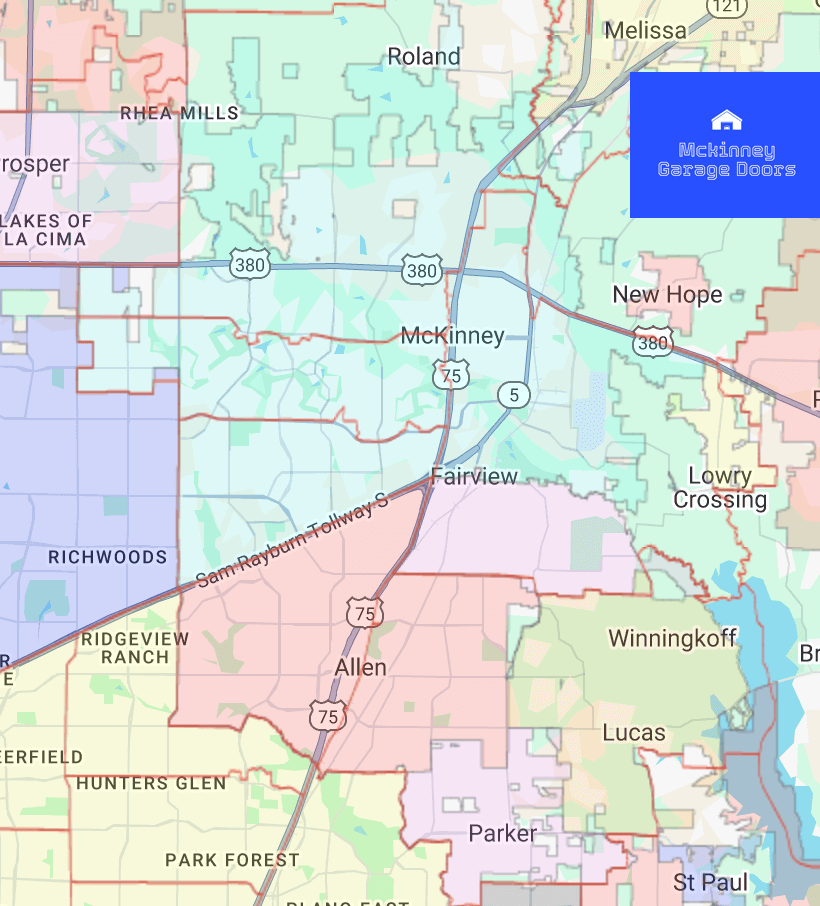
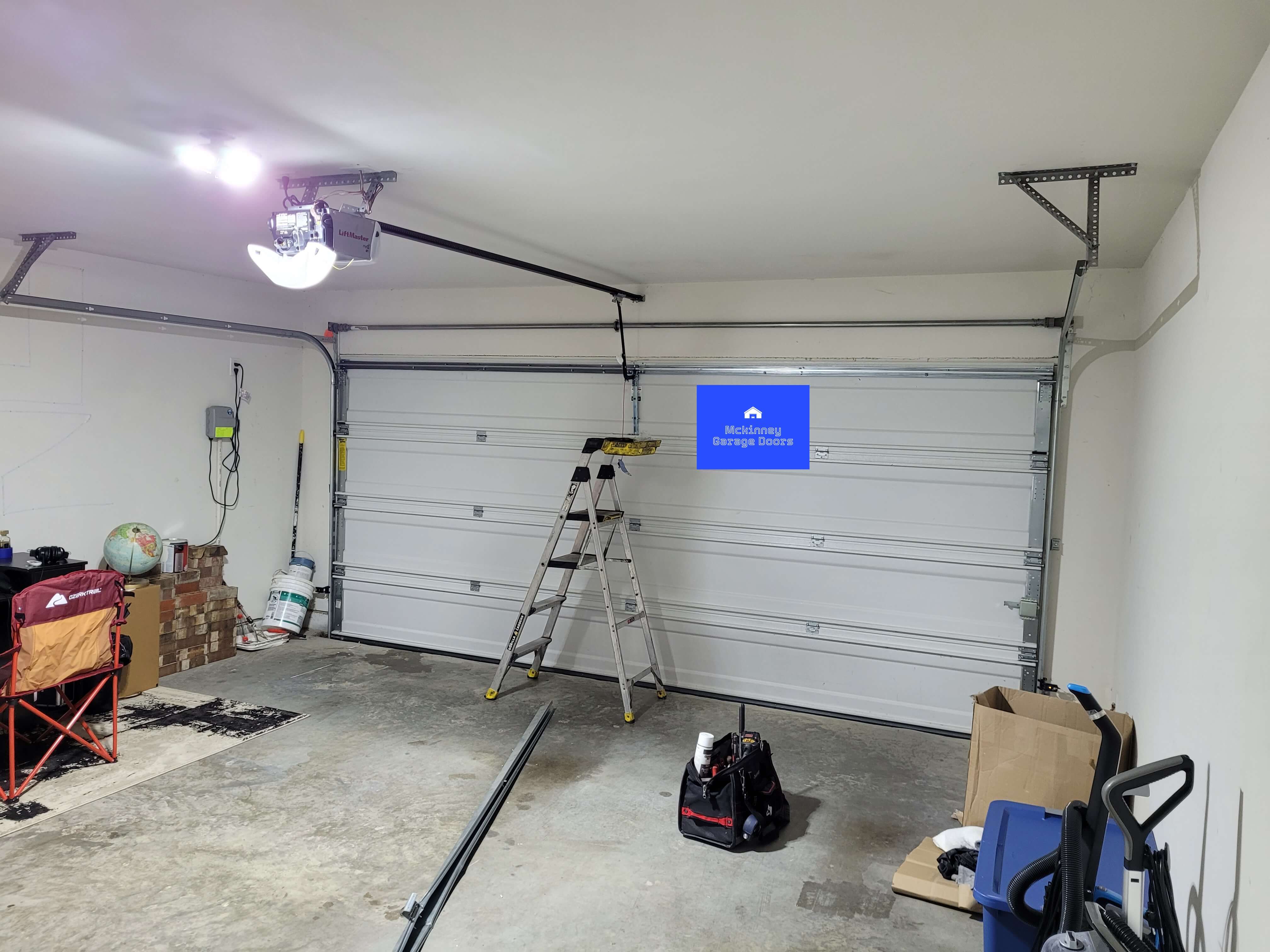
-
3
Cold Weather and Rare Freezing (Winter)
Hard to operate: freezing rear can make springs and tracks hard, and it will be more difficult for the door to open and close.
Brittle Weatherstripping: The cold can make the weatherstripping of the door not last long.
Maintenance Tips:
-
Grease hinges and other moving parts with cold-resistant lubricants.
-
Weather stripping should be checked and replaced as needed to maintain a tight seal.
-
-
4
Natural Calamities
Wind Damage: Super high winds can lead to misalignment of tracks and damaged panels especially if the garage door is not wind-rated.
Power Surges: Thunderstorms can cause surges that disabled the opener.
Hail Damage: Hailstorms may dent metal doors, while wooden doors might get cracks or splints.
Maintenance Tips:
-
Place a surge protector on the garage door opener to safeguard against power surges.
-
Consider upgrading to a wind-rated garage door for more storm protection.
-
Check for dents or damage after storms and repair promptly.
-
-
5
Seasonal Variation in Temperature
Expansion and Contraction: The ups and downs of temperatures repeatedly will cause the materials to expand and contract which in turn can affect the door's alignment and track functionality.
Lubricant Problems: In winter, lubricants are usually thickened and the opposite is true for summer when they get thinned that can affect smooth operation.
Maintenance Tips:
-
Provide seasonal checks, which include lubrication and alignment checks.
-
Look for gaps or cracks in the door and fill them out as needed.
-
Opener Maintenance
Garage Door Opener Maintenance
-
1
Incredibly Hot Summers
Motor Overheating: The motor may get a lot of strain at high temperature years, especially in the case of frequent usage or bad venting in garages, causing the opener to overheat and stop for a while.
Lubricant Degradation: In addition to the obviously high temp, the heat also can evaporate lubricants from the opener's gears and chains that cause the latter to increase friction and eventually suffer from wear.
Battery Backup Problems: The extreme heat could lead to a shortened life of the backup battery which is used to operate the opener in case of power failure.
Solution:
-
A well-ventilated garage or insulated garage is the main solution to the heat problem.
-
Heat-resistant lubricants should be used to prevent the gears and chains from seizing.
-
Backup batteries should be regularly tested and replaced as necessary.
-
-
2
Humid Weather and Rains
Electrical Component Corrosion: The rain and moist air are the main causes of rust on the opener's metal parts and damage to internal electrical circuitry.
Sensor Misalignment: The excess water may cause safety sensors to fog up or shift, which will stop the door from closing properly.
Water Damage: Heavy rain can seep into the garage and damage the motor or circuit board.
Solutions:
-
Treat the exposed metal parts with rust-inhibiting materials.
-
Securely mount the sensors and cover them from moisture in order to prevent water exposure.
-
Put weatherstripping on the door or replace it to prevent the water from getting into the garage.
-
-
3
Winter Temperature Variability
Thickened Lubricants: In cooler temperatures, lubricants can get thick which may make moving parts sluggish and may strain a motor.
Battery Efficiency Drop: Cold weather may decrease the performance of the backup battery and make it less trustworthy during power outages.
Solutions:
-
Cold-weather lubrication needs to be used for better performance in lower temperatures.
-
Check the battery backups before the winter and replace them if the performance goes down.
-
-
4
Seasonal Storms
Power Surges: Sarcastically speaking, thunderstorms and lightning, as they are a common occurrence in McKinney, can cause power surges that may, in turn, zap the opener's motor or circuit board.
Track Misalignment: High winds and storm debris may shift or damage the tracks that, in turn, will be straining the opener.
Solutions:
-
Fit a surge protector to preclude the opener's electronics from being damaged.
-
Check and align the tracks after the storms for the proper operation of the door.
-
-
5
Dust and Debris
Sensor Issues: Dust and debris on the outskirts of windy days or construction activities can block safety sensors or dirty the openers.
Removable Clogs: Buildups of debris can make the motor work harder by straining the operation of the door.
Solutions:
-
Clean the sensors and the tracks on a regular basis to remove all the dust and debris.
-
Check and maintain the opener's parts for unhindered movement.
-
Seasons in McKinney's Weather Care tips
-
Consistent monitoring: Look for rust, wear or misalignment on the opener and the components.
-
Test Sensors: Ensure safety sensors are clean and aligned for optimal performance.
-
Lubricate Components: Apply weather-appropriate lubricants to chains, screws, and other moving parts.
-
Protect Electronics: Installing a surge protector and covering the motor with a sealed enclosure will help prevent moisture from damaging it.
-
Regular Tune-ups: Regular professional maintenance can avert weather-related problems and can also multiply the years of your opener with a proper care.
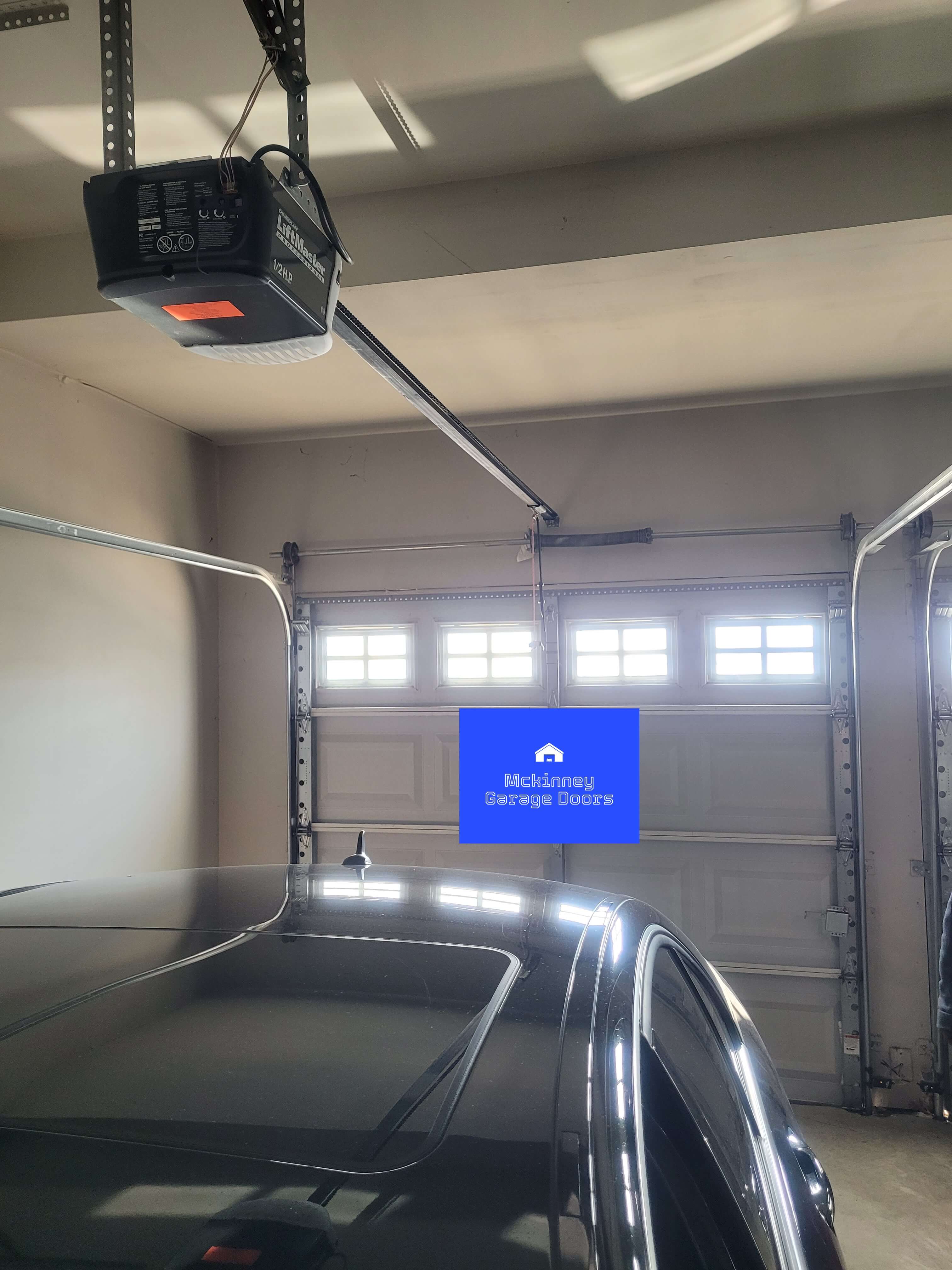
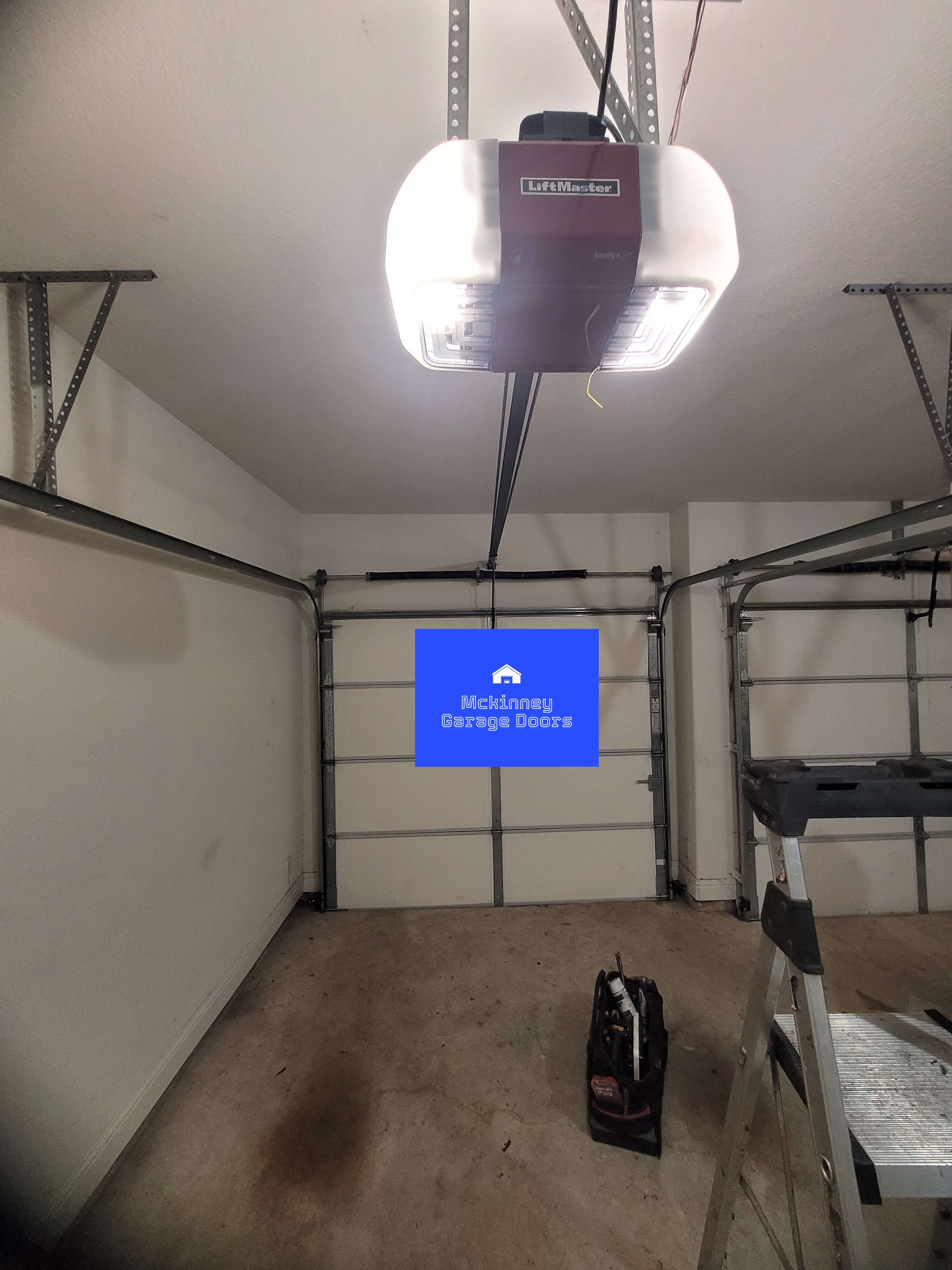
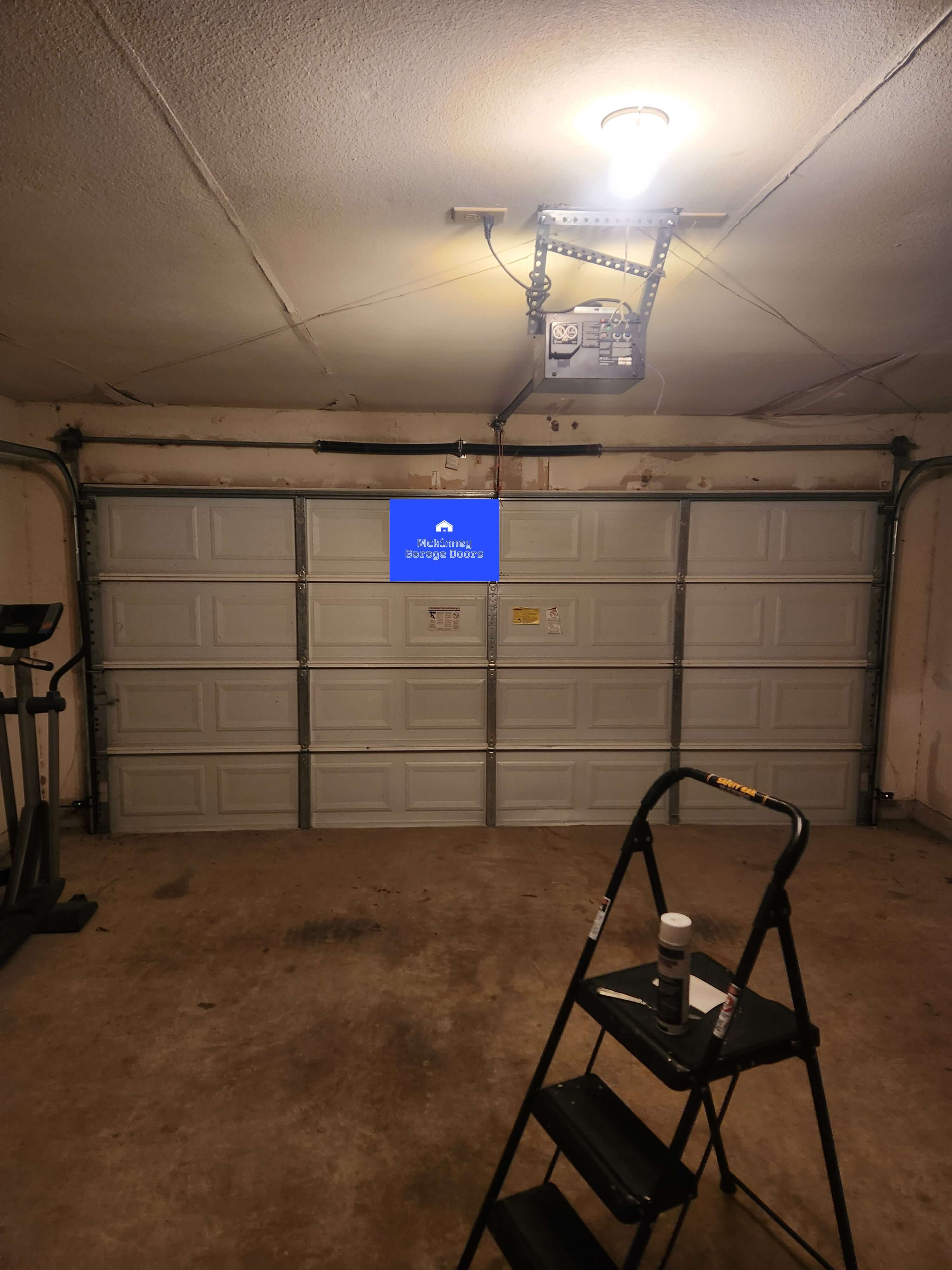
Springs Maintenance
Torsion Springs Maintenance
The smooth functioning and the long life of your garage door system rely heavily on the right maintenance of garage door torsion springs. These springs are subjected to the weight of the door and thus become worn out considerably during their entire life span. Here are some detailed methods of caring for the torsion springs:
Seasons in McKinney's Weather Care tips
-
Safety: A spring that is in good condition is less likely to break suddenly and cause accidents or damage.
-
Performance: The torsion spring is the one that lets the garage door go up and down; thus, its proper working ensures these movements are smooth and even.
-
Cost Savings: Timely checking prolongs the service of the springs and decreases changes to them before schedule.
-
Prevents Strain on Other Components: Functional springs protect the garage door opener and other parts from wear.
Steps for Torsion Spring Maintenance
-
1
Inspect the Springs Regularly
Look for Rust: Rust can make the springs weaker and even cause failures. Look for signs of corrosion or discoloration.
Check for Gaps: The springs that are broken usually have a noticeable gap in the coil.
Test Spring Tension: You may have to disconnect the opener, to pull the door manually. The door should hold half-open by itself; if not, the spring should be adjusted.
-
2
Lubricate the Springs
Use the Right Lubricant: Apply silicone or lithium-based lubricant and refrain from using grease that can gather dirt and debris.
Apply Sparingly: A light mist sprayed along the length of the spring will do; wipe any excess to avoid buildup.
Frequency: Springs are to be lubricated every 3 to 6 months, and it is good to do it more often in extreme weather.

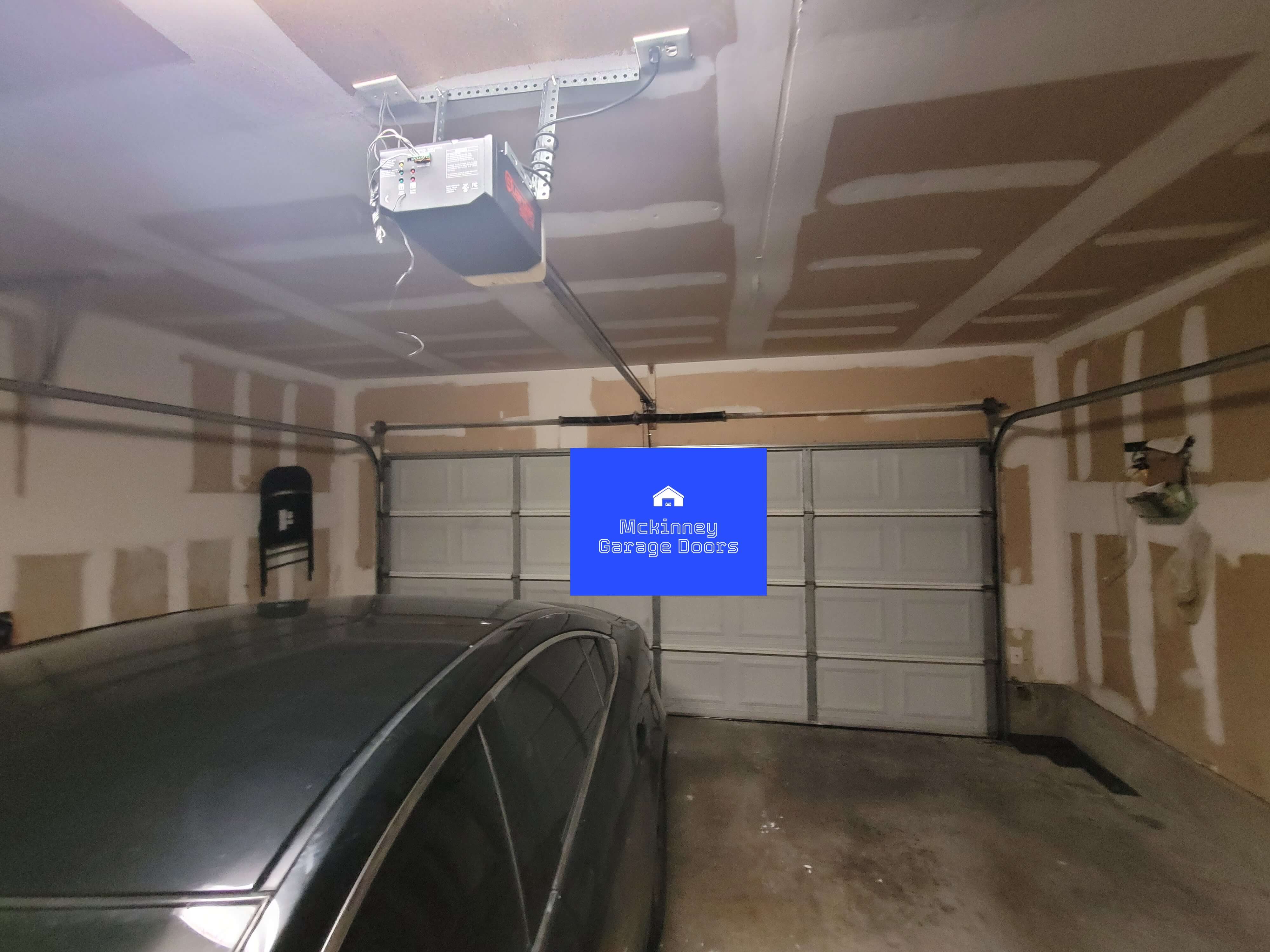
-
3
Clean the Springs
Remove Debris: Use a dry rag first to wipe away dirt and dust to prevent wear before putting on the springs.
Address Rust: Wire brushes and rust cleaners are the best tools for cleaning rust spots prior to applying lubricant.
-
4
Check the Balance of the Door
Disconnect the Opener: Use the emergency release cord to pull and operate the door manually.
Test the Door: Move It halfway and let it go; if it doesn’t go up or down the springs are balanced. If the door moves you will need to adjust or replace the springs.
-
5
Listen for Noises
Squeaking or Grinding Sounds: It means that the springs need lubrication and/ or inspection.
Popping Noises: It may be that the springs are under too much tension or misaligned.
-
6
Tighten Loose Hardware
Inspect Related Components: Brackets, cables, and other parts must be checked for loosening. Bolts and screws have to be tightened when needed, but do not adjust the spring tension. That is only for professionals.
When to Call a Professional
-
Spring Adjustment: Torsion is very risky to adjust due to the force of the tension. Leave it to a professional.
-
Spring Replacement: A specialist should be hired if the spring is either broken or worn excessively. Do not try this task on your own.
-
Annual Tune-Ups: To keep everything running well, schedule yearly professional inspections and tune-ups.
Signs Torsion Springs Need Replacement
-
Visible Damage: Gaps in the coils or noticeable stretching.
-
Difficulty Opening the Door: Upper part of the door heavier or difficult when operated hands manually.
-
Noisy Operation: Continuous squeaking or popping that is not removed by lubrication.
-
Slow or Uneven Door Movement: The opener struggles to lift the door, or the door looks uneven.
Safety Tips
-
Do Not Adjust Springs Yourself: Torsion springs are under high tension and can cause serious injury if improperly handled.
-
Use Proper Tools: If performing minor maintenance, ensure you use the correct tools, like a stable ladder and safety gloves.
-
Disconnect the Opener: Always disconnect the opener when inspecting or maintaining springs.
Conclusion
For secure and effective garage door operation, it is very important to carry out periodic torsion spring maintenance. Because of the regular integration, clean and lubrication of the springs, and appointment of the good time for professional tune-ups, you will be able to keep them not only for a long time but also save much on repairs. Always, your safety is the first thing to assure, and for any adjustments or replacements, contact a specialist.
Weather Seal
Weather Seal Benefit
The advantages of using weather seals in McKinney's climate
-
1
Protection against heat and dust
Extreme summer: Weather seals reduce the inside hot air from the garage in turn keeping the interior cooler and avoiding the unnecessary effort of the home HVAC system if the garage is attached.
Dust and debris control: High temperatures, dry winds, and dust storms make it possible for dust and debris to accumulate in the garage. A good seal keeps dirt, leaves, and other particles from entering.
-
2
Humidity and Rain Protection
Rain and humidity: McKinney showers for about 41 inches of rain annually. Weather seals are essential to the garage door by preventing water from entering under or around the garage door as well as protecting the floors, stored items, and door parts from moisture damage.
Mold and mildew Resistance: Weather seals keeping the moisture out of the garage is the first step against the development of mold or mildew.
-
3
Pest Control
Insects and rodents: Pests like insects and rodents thrive in the warm weather of McKinney. The right weather seal blocks the entry points, so bugs can't invade your garage.
-
4
Energy Efficiency
Temperature management: Weather seals act as an insulating barrier only to allow you maintain a stable temperature in the garage.
-
5
Noise Reduction
Urban and neighborhood noise: The valid weather seal turns the garage into a quiet sanctuary from the noise of the outside world.
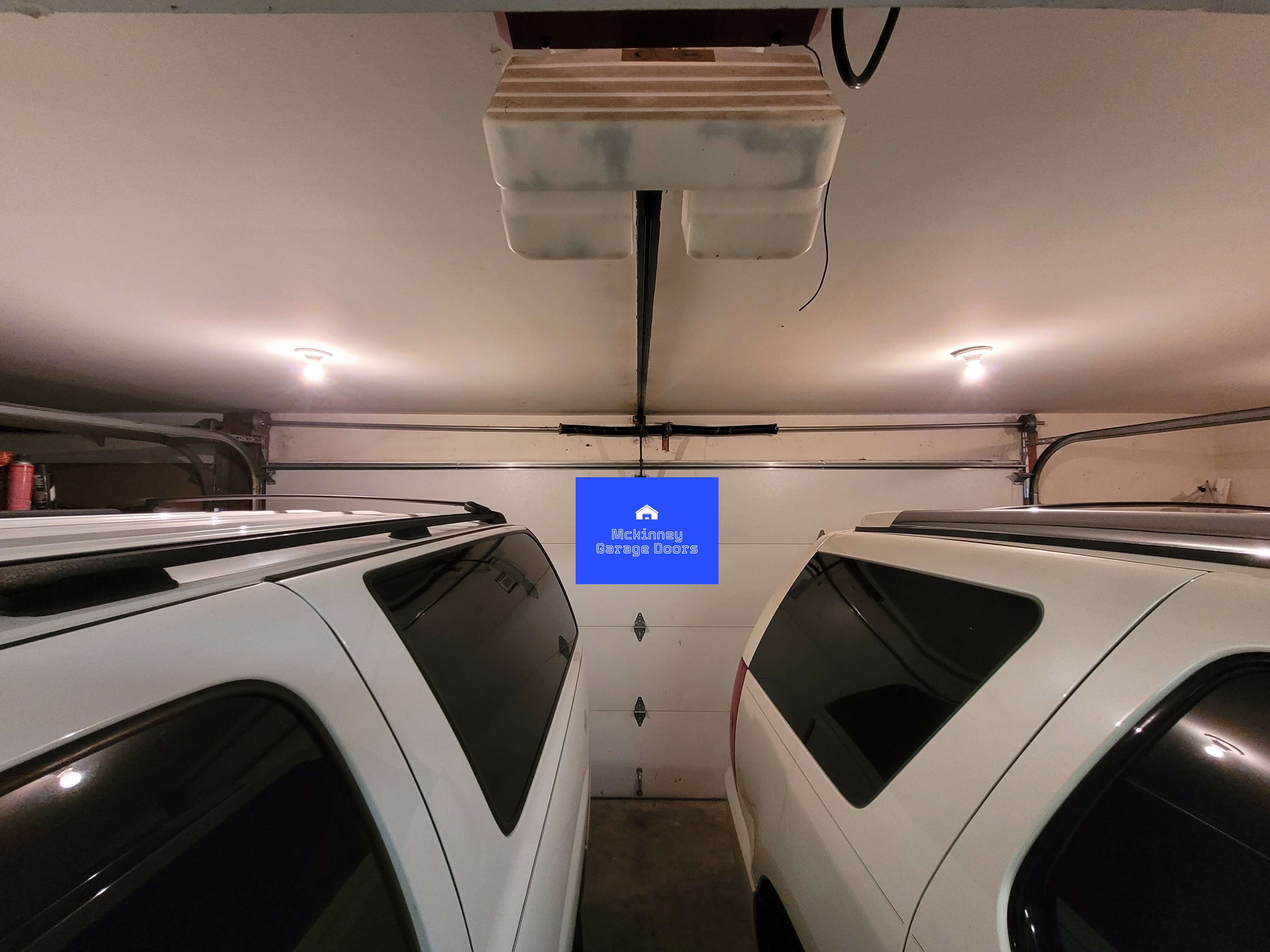
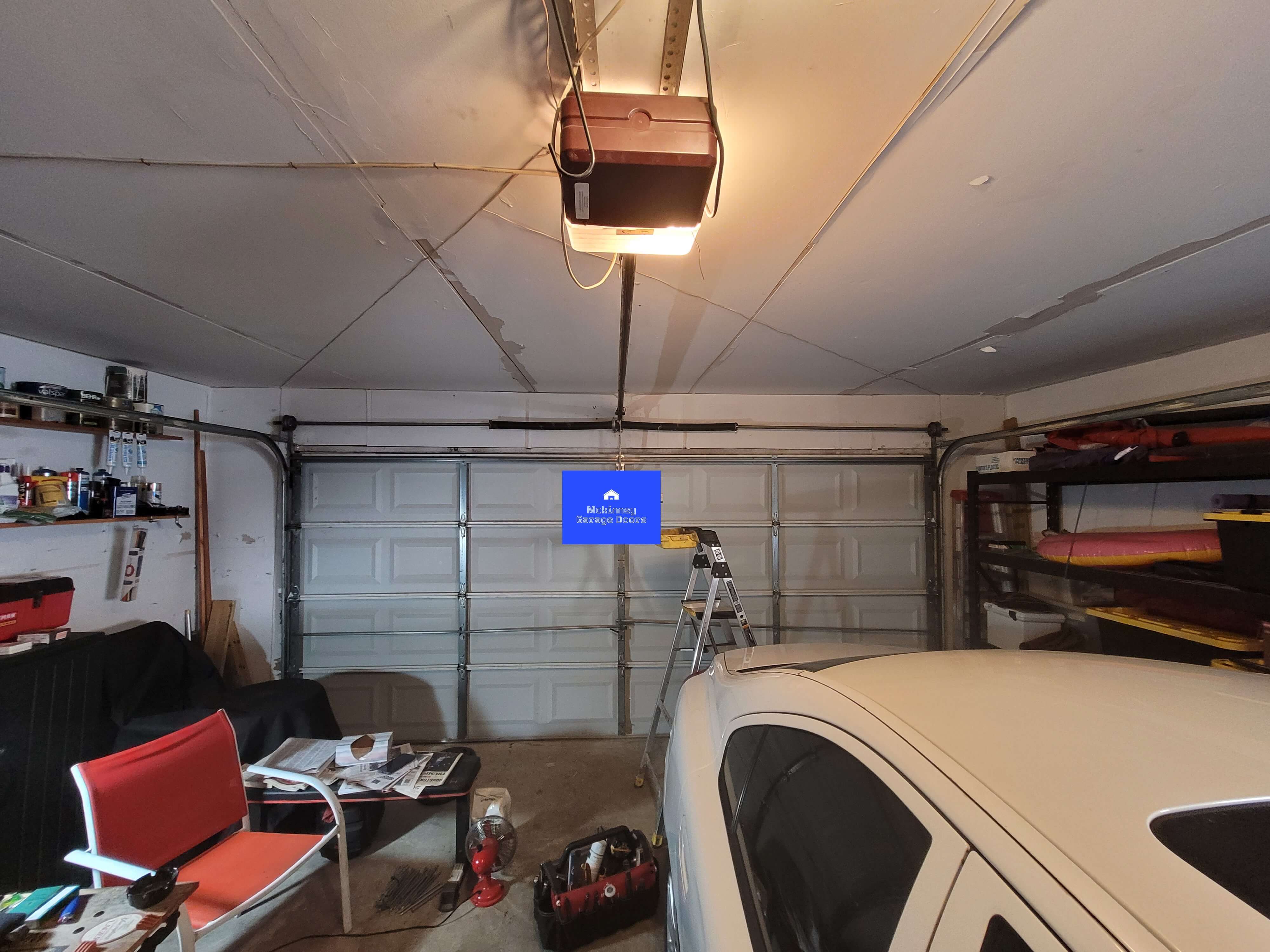
Top recommended types of weather seals for McKinney
-
Bottom Seal
-
This is a seal that must be installed along the bottom edge of a garage door first.
-
They are perfect for blocking water, dust, and pests.
-
Types include: T-style , bulb-style , or beaded seals.
-
-
Side and Top Seals (Stop Molding)
-
They are installed along the vertical sides and top of the garage door.
-
It creates a tight seal against the door when closed.
-
-
Threshold Seal
-
This one is usually fixed on the garage floor rather than on the door.
-
It serves together with the bottom seal that protects against the intrusion of water and drafts.
-
-
Brush Seals
-
These are usually used in the areas where dust and debris are frequent. The bristles make a barrier that allows flexibility while blocking the unwanted particles.
-
Maintenance Tips for Weather Seals in McKinney
-
Inspect Regularly: Check the seals for any cracks, tears, or gaps, particularly after storms or temperature changes.
-
Clean the Seals: Remove dirt, debris, and buildup to maintain flexibility and effectiveness.
-
Replace When Worn: Seals should be replaced every 2-3 years depending on their condition such as brittleness or loss of shape.
-
Seal Gaps: Make sure the seal contacts the ground and door edges totally without gaps.
Installation and Professional Help
If you’re not sure about the installation or maintenance of garage door weather seals you can think about hiring a local expert in McKinney. They can offer their help in the installation as well as recommend the best weather seals for McKinney's weather.
Prices
Our Prices
| Zip codes in Mckinney Texas | Service Call & Estimate | *Door Repair | Opener Repair & Install | Commercial Door repair & Install | Door Installation |
|---|---|---|---|---|---|
| 75069 | Free On Site Estimate | $172-$381 | $144-$856 | $245-$1850 | $993 - $1845 |
| 75070 | Free On Site Estimate | $172-$381 | $144-$856 | $245-$1850 | $993 - $1845 |
| 75071 | Free On Site Estimate | $172-$381 | $144-$856 | $245-$1850 | $993 - $1845 |
| 75072 | Free On Site Estimate | $172-$381 | $144-$856 | $245-$1850 | $993 - $1845 |
| Cities nearby Mckinney Texas | Service Call & Estimate | *Door Repair | Opener Repair & Install | Commercial Door repair & Install | Door Installation |
|---|---|---|---|---|---|
| Fairview, TX | Free On Site Estimate | $172-$381 | $144-$856 | $245-$1850 | $993 - $1845 |
| Allen, TX | Free On Site Estimate | $172-$381 | $144-$856 | $245-$1850 | $993 - $1845 |
| Frisco, TX | Free On Site Estimate | $172-$381 | $144-$856 | $245-$1850 | $993 - $1845 |
| Plano, TX | Free On Site Estimate | $172-$381 | $144-$856 | $245-$1850 | $993 - $1845 |
| Prosper, TX | Free On Site Estimate | $172-$381 | $144-$856 | $245-$1850 | $993 - $1845 |
| Melissa, TX | Free On Site Estimate | $172-$381 | $144-$856 | $245-$1850 | $993 - $1845 |
| Princeton, TX | Free On Site Estimate | $172-$381 | $144-$856 | $245-$1850 | $993 - $1845 |
| Garland, TX | Free On Site Estimate | $172-$381 | $144-$856 | $245-$1850 | $993 - $1845 |
| Dallas, TX | Free On Site Estimate | $172-$381 | $144-$856 | $245-$1850 | $993 - $1845 |
contact us
Get in Touch

